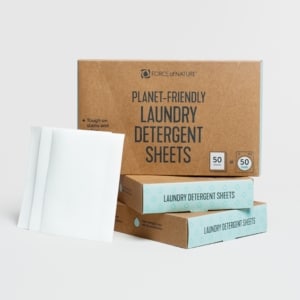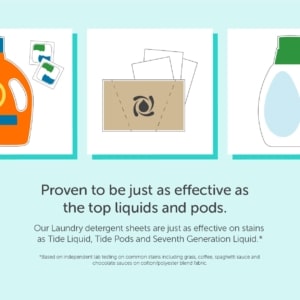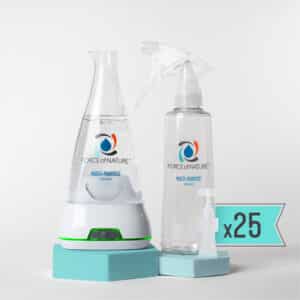Yay Summer! We love your long warm days, soft green grass, welcoming beaches and of course, ants. And we LOVE trying to slather sunscreen on our children so that your blistering rays don’t ruin their baby soft skin. The trouble is that it’s not just the sticky, pasty texture, it’s also the toxic ingredients that are jam-packed into most sunscreens. Finding a toxic chemical free sunscreen is possible though, and we’re here to help you do just that with this handy checklist of the most toxic culprits to avoid.
Choosing a Chemical Free Sunscreen: top 5 ingredients to avoid
- Oxybenzone – Oxybenzone is a nearly ubiquitous ingredient in conventional sunscreens. It is a UV-filter and UV-absorber that also increases the skin’s ability to absorb other potentially toxic chemicals from the environment. Oxybenzone accumulates in the body over time and can disrupt hormonal function and even cause organ system toxicity.
- Octinoxate – Octinoxate (octyl methoxycinnamate) is a UV-absorber and UVB-filter. It’s found in sunscreens and other personal care products to keep them from degrading in the sunlight. It’s known for causing changes in the body on the cellular and biochemical levels. Octinoxate is also an endocrine disruptor that accumulates over time in the body. It can increase the skin’s ability to absorb other toxic chemicals and ultimately cause organ system toxicity.
- Homosalate – Homosalate is used as a UV-filter, UVB-absorber, and as a skin conditioning agent. Research has shown that homosalate may be an endocrine and hormone disruptor and it also has been shown to increase the absorption of pesticides from the environment. This ingredient is particularly harmful for pregnant or breast-feeding women, nursing infants, or anyone who is regularly exposed to large quantities of pesticides.
- Retinyl Palmitate – Retinyl palmitate is a form of vitamin A that’s used as a skin conditioner and an active ingredient in sunscreen products. Retinyl palmitate is a possible carcinogen that could actually be responsible for causing UV-related skin damage. It also has the potential for causing reproductive toxicity. It’s especially dangerous for pregnant or breast-feeding women or children. In products like sunscreen, retinyl palmitate can cause an overdose on vitamin A.
- Fragrances – Anytime you see the word “fragrance” listed on a sunscreen product, put it back on the shelf and look for another one. The one word “fragrance” is actually a blanket term used to designate the presence of what can be hundreds of toxic ingredients. The fragrance industry is not required to disclose the ingredients they use, so it is impossible to know what is hiding in your product. Fragrance chemicals can pass through the skin and enter the blood stream. They are manufactured from petroleum and coal tar and are classified as carcinogens, hormone disruptors, neurotoxins, skin and respiratory irritants. Most fragrances contain phthalates, an ingredient used to make a fragrance last longer, but it’s not listed on labels either. This one is particularly dangerous, given its association with hormone-disruption, reproductive & developmental toxicity, cancer & respiratory issues.
Learn More
The good news is that you can protect your family from over-exposure to the sun without using toxic sunscreens. Consider using a sunscreen that contains zinc oxide or titanium dioxide. Also, consider using the EWG Skin Deep Database to search for a chemical free sunscreen that will suit your needs.
To learn how to find toxic chemical free options in cosmetics, personal care, laundry & cleaning products, check out some of our other Chemical Free Product Guides here.




